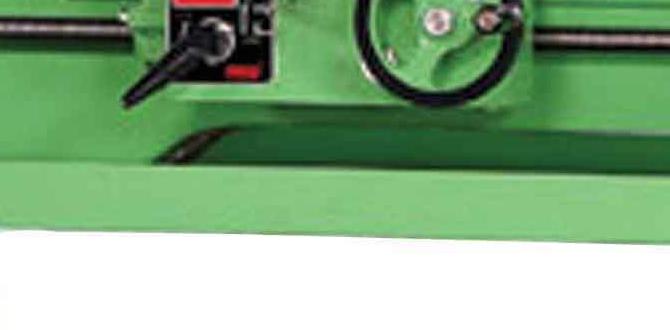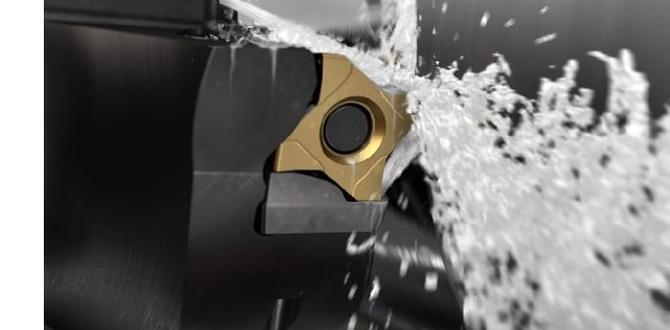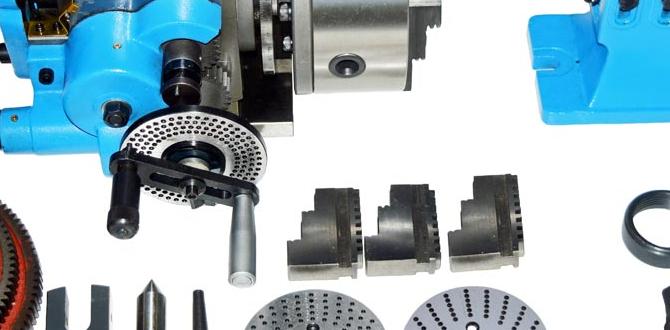The pursuit of perfectly symmetrical and intricate wooden bowls can be a challenging yet rewarding endeavor for any woodturner. Traditionally, achieving consistent shapes, especially on multiple identical pieces, demands immense skill, precision, and a significant time investment. However, the advent of the wood lathe duplicator for bowl turning has revolutionized this process, offering a pathway to exceptional results with significantly less strain. This innovative tool empowers both hobbyists and seasoned craftsmen to replicate existing bowls or create new, identical forms with remarkable ease and accuracy.
For those who have spent hours painstakingly sanding and refining a bowl to achieve a desired curve, only to struggle to reproduce it on another piece, despair no more. A wood lathe duplicator acts as a master guide, utilizing an existing template to dictate the cutting path of a secondary tool. This means that once you have crafted a perfect bowl or found a compelling design, you can use it as a blueprint to create exact replicas. This fidelity is invaluable for projects requiring multiple identical components, such as sets of serving bowls, identical lamp bases, or any other application where uniformity is paramount.
How a Wood Lathe Duplicator Works its Magic on Bowls
At its core, a wood lathe duplicator operates on a simple yet effective principle. Typically, it consists of a guide rail mounted parallel to the lathe’s ways, with a tracing stylus attached to one end. This stylus is designed to follow the contours of a master pattern – in this case, your pre-turned bowl or a specifically crafted template. As the lathe spins, you guide the cutting tool, which is mounted on a separate carriage, along the path dictated by the stylus’s movement against the master pattern. This mechanical linkage ensures that the cutting tool mirrors the exact shape and dimension of the master, thereby duplicating the bowl.
The beauty of this system lies in its versatility. While many woodturners will utilize a previously turned bowl as their template, you are not limited to this. You can create specific templates from denser hardwoods or even MDF, allowing for greater control over the master shape and ensuring its longevity. This opens up a world of possibilities for designing and replicating complex profiles that would be exceedingly difficult to achieve freehand. Imagine creating a signature bowl shape that you can then effortlessly reproduce for commissions or to build a cohesive collection.
The Advantages of Using a Wood Lathe Duplicator for Bowl Turning
The benefits of integrating a wood lathe duplicator for bowl turning into your workshop are numerous and impactful.
1. Consistency and Accuracy: This is arguably the most significant advantage. Achieving mirror-image bowls by hand is a testament to exceptional skill. With a duplicator, that level of consistency becomes readily accessible. Every bowl turned using the same master will be practically identical, which is crucial for matched sets and professional-looking projects.
2. Time Savings: Once the initial master is created and the duplicator is set up, the actual turning process for subsequent bowls is dramatically faster. You’re no longer meticulously shaping and refining; you’re essentially guiding the tool along a predetermined path. This frees up valuable time for other aspects of your woodworking or for creating more pieces.
3. Reduced Skill Barrier: While mastering woodturning is a lifelong journey, a duplicator significantly lowers the entry barrier for creating well-formed bowls. Beginners can achieve impressive results relatively quickly, building confidence and allowing them to focus on learning about wood properties and finishing techniques rather than solely on mastering complex shaping.
4. Enhanced Creative Exploration: By removing the repetitive struggle of achieving perfect symmetry, the wood lathe duplicator can actually foster greater creativity. You can spend more time experimenting with different wood species, finishes, and decorative techniques, knowing that the fundamental form of your bowl is reliably reproduced. It allows you to explore more complex design elements without the fear of inconsistent execution.
5. Ideal for Production Work: For woodturners who produce items for sale, the ability to create identical pieces efficiently is a game-changer. A duplicator can significantly increase output, allowing for more volume and meeting customer demands for sets or consistent product lines.
Considerations When Choosing a Wood Lathe Duplicator
When selecting a wood lathe duplicator for bowl turning, there are a few key factors to consider to ensure it meets your needs.
Lathe Compatibility: Ensure the duplicator is designed to fit your specific lathe model. Mounting systems and rail lengths vary between different lathe manufacturers and sizes.
Master Pattern Size: Consider the maximum diameter and depth of bowls you intend to duplicate. Some duplicators have limitations on the size of the master pattern they can accommodate.
Build Quality and Rigidity: A well-built duplicator, made from sturdy materials, will offer greater precision and longevity. Look for smooth-operating components and a robust mounting system.
Ease of Setup and Adjustment: The quicker and easier it is to set up and adjust the duplicator, the more likely you are to use it regularly. Features like quick-release mechanisms and clear calibration marks can be very helpful.
* Type of Duplicator: While most work similarly, some models might offer specific features or efficiencies. Research different brands and read reviews to understand their strengths and weaknesses.
While the allure of freehand turning will always hold a special place in the heart of many woodturners, the practical advantages offered by a wood lathe duplicator are undeniable. For those seeking to produce consistent, high-quality bowls with greater efficiency and reduced frustration, this tool is an invaluable addition to the workshop. It transforms the often-laborious task of replication into an almost effortless process, allowing woodturners to focus on the artistry and joy of creating beautiful wooden vessels.




